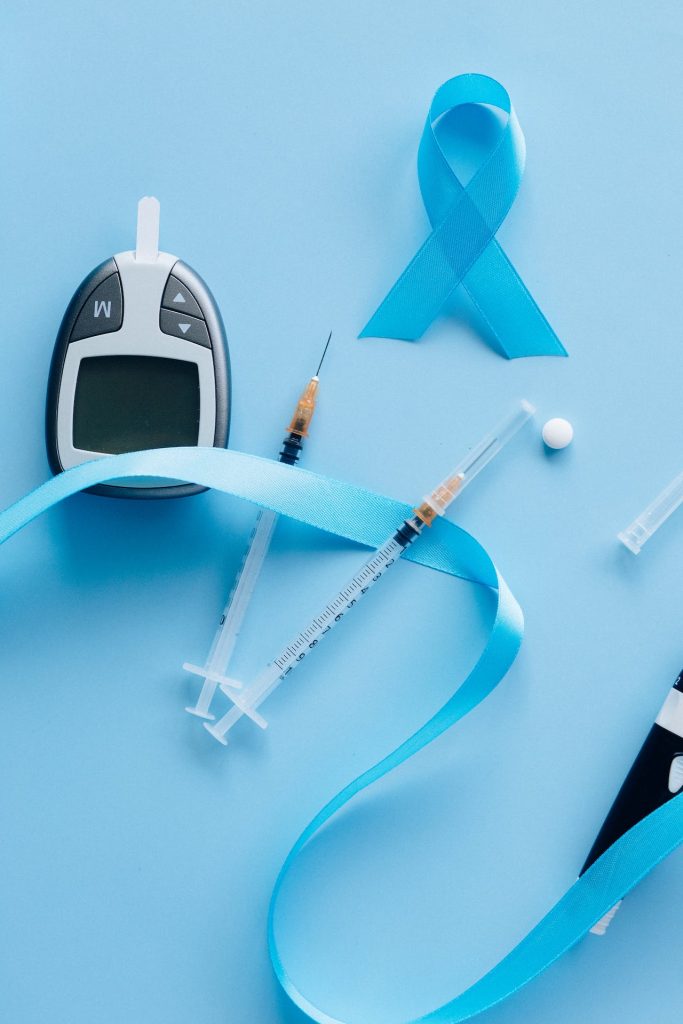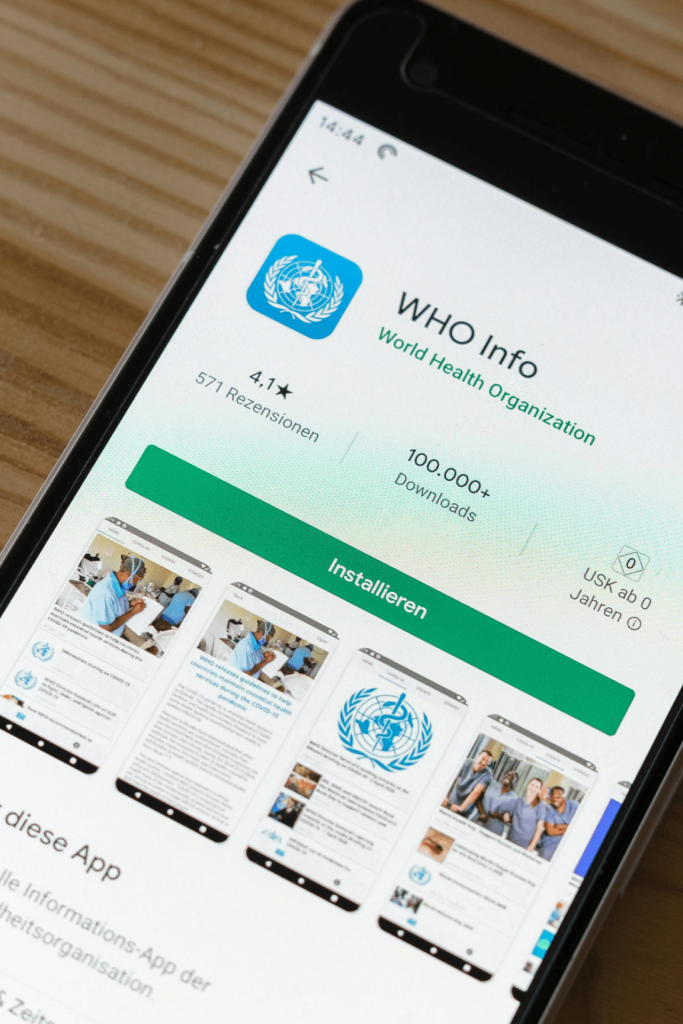
Diabetes
Diabetes is a chronic disease that occurs either when the pancreas does not produce enough insulin or when the body cannot effectively use the insulin it produces. Insulin is a hormone that regulates blood glucose. Hyperglycaemia, also called raised blood glucose or raised blood sugar, is a common effect of uncontrolled diabetes and over time leads to serious damage to many of the body’s systems, especially the nerves and blood vessels.
In 2014, 8.5% of adults aged 18 years and older had diabetes. In 2019, diabetes was the direct cause of 1.5 million deaths and 48% of all deaths due to diabetes occurred before the age of 70 years. Another 460 000 kidney disease deaths were caused by diabetes, and raised blood glucose causes around 20% of cardiovascular deaths (1).
Between 2000 and 2019, there was a 3% increase in age-standardized mortality rates from diabetes. In lower-middle-income countries, the mortality rate due to diabetes increased 13%.
By contrast, the probability of dying from any one of the four main noncommunicable diseases (cardiovascular diseases, cancer, chronic respiratory diseases or diabetes) between the ages of 30 and 70 decreased by 22% globally between 2000 and 2019.
The number of people with diabetes rose from 108 million in 1980 to 422 million in 2014. Prevalence has been rising more rapidly in low- and middle-income countries than in high-income countries.
Diabetes is a major cause of blindness, kidney failure, heart attacks, stroke and lower limb amputation.
Between 2000 and 2019, there was a 3% increase in diabetes mortality rates by age.
In 2019, diabetes and kidney disease due to diabetes caused an estimated 2 million deaths.
A healthy diet, regular physical activity, maintaining a normal body weight and avoiding tobacco use are ways to prevent or delay the onset of type 2 diabetes.
Diabetes can be treated and its consequences avoided or delayed with diet, physical activity, medication and regular screening and treatment for complications.

Diagnosis and Treatment
Early diagnosis can be accomplished through relatively inexpensive testing of blood glucose. People with type 1 diabetes need insulin injections for survival. One of the most important ways to treat diabetes is to keep a healthy lifestyle. Some people with type 2 diabetes will need to take medicines to help manage their blood sugar levels. These can include insulin injections or other medicines.
Some examples include:
- Metformin
- Sulfonylureas
- Sodium-glucose co-transporters type 2 (SGLT-2) inhibitors.
Along with medicines to lower blood sugar, people with diabetes often need medications to lower their blood pressure and statins to reduce the risk of complications. Additional medical care may be needed to treat the effects of diabetes:
- Foot care to treat ulcers
- Screening and treatment for kidney disease
- Eye exams to screen for retinopathy (which causes blindness).

WHO Response
WHO aims to stimulate and support the adoption of effective measures for the surveillance, prevention and control of diabetes and its complications, particularly in low- and middle-income countries. To this end, WHO:
- Provides scientific guidelines for the prevention of major noncommunicable diseases including diabetes;
- Develops norms and standards for diabetes diagnosis and care;
- Builds awareness on the global epidemic of diabetes, marking World Diabetes Day (14 November); and
- Conducts surveillance of diabetes and its risk factors.
In April 2021 WHO launched the Global Diabetes Compact, a global initiative aiming for sustained improvements in diabetes prevention and care, with a particular focus on supporting low- and middle-income countries.
In May 2021, the World Health Assembly agreed a Resolution on strengthening prevention and control of diabetes. In May 2022 the World Health Assembly endorsed five global diabetes coverage and treatment targets to be achieved by 2030.
